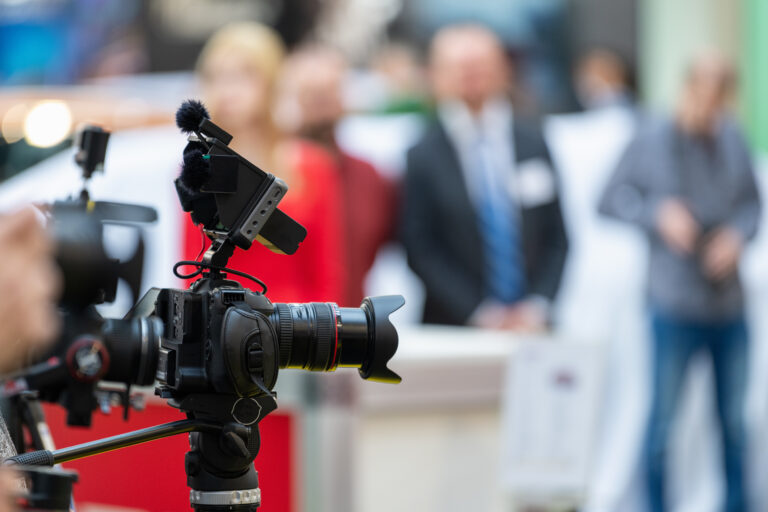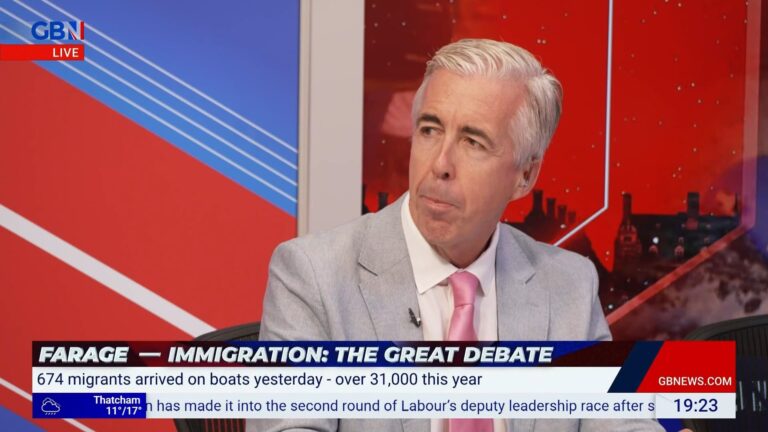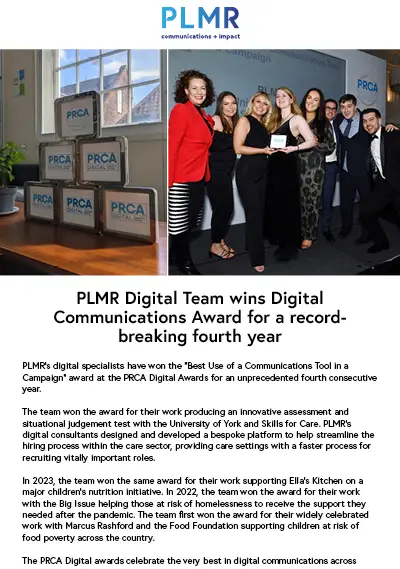When it comes to generating media buzz for a live event, success hinges on more than just a compelling guest list or a worthy cause. Strategic planning, clear messaging, and a careful eye on timing, location and storytelling can make all the difference in attracting the right media attention.
At PLMR, we have supported a range of impactful events – from high-profile national launches to community celebrations and international sporting fixtures – and we know what works. Our experience includes supporting the Commonwealth War Graves Commission (CWGC) in delivering a poignant VE Day concert at Coventry Cathedral, attracting global journalists to the 2023 International Blind Sports Federation (IBSA) World Games, and securing national headlines for Stratford Town Council’s Shakespeare statue unveiling.
While every event is unique and poses different challenges, there are common principles that can help turn a moment into a story that resonates well beyond the stage. Here are our top tips for securing media coverage for your live event.
Give Your Event a Clear News Angle
To capture the media’s attention, your event needs to matter now. Connecting it to a wider narrative – be it a major anniversary, policy milestone, or cultural trend – provides that timely hook journalists are looking for.
For example, timing an event around a cultural, historical or even sector-specific milestone can lend weight and legitimacy. This could be an anniversary, a timely policy moment, or a major industry development.
This does not necessarily have to be a global moment. For Stratford Town Council, the restored Shakespeare statue might have seemed local – but framing the event around Sir Kenneth Branagh and Dame Judi Dench being granted the medieval “freedom of Stratford” (and herding sheep down Sheep Street!) gave it national appeal.
Choose a Location That Tells a Story
Your venue choice is more than a backdrop and must be considered a central part of your event’s story. A well-chosen location can amplify your message, give journalists strong visual cues, and signal the significance of the occasion.
Think about what your venue says thematically. Does it reflect the subject matter or the values of your organisation? Is it historic, symbolic, modern, or politically resonant? Just as Coventry Cathedral lent a sense of solemnity and historical continuity to the CWGC’s event, your venue should reinforce the tone and purpose of what you are setting out to achieve. And do not forget logistics: accessibility and visuals matter just as much to media crews as to your attendees.
Be Strategic with Timing
Effective media coverage starts well before the day of your event. Plan your timing strategically, taking into account the wider news cycle, audience habits, and seasonal opportunities. Positioning your event as the natural kick-off to a broader moment – such as the start of a commemorative period or a long weekend – can boost relevance and reduce competition for attention.
Equally important is how you build momentum. The IBSA World Games did not start with the opening ceremony – months ahead, we told human-led stories about elite athletes overcoming sight loss, placed features in national and international press, and coordinated the media accreditation process. A phased campaign with teaser announcements and milestone updates keeps your event on the media’s radar and builds crucial momentum.
Choose Influencers with Authentic Connections
The figures you associate with your event – whether attending in person or supporting on social media – should reinforce your story with sincerity and relevance. Authenticity matters more than fame. Choose contributors whose personal ties, expertise, or lived experience align naturally with your theme, adding credibility and depth. At the same time, endorsements from trusted public figures with strong followings can amplify your reach, especially on social platforms. A well-placed, heartfelt message from a recognisable name can spark public interest and lend your event national resonance – even if they are not there in person.
Do not Overlook Local Media
In the pursuit of national coverage, it is easy to underestimate the power of local and regional outlets. But these platforms often have deep roots in their communities, strong followings, and the potential to be picked up by wider networks.
Make sure local media are part of your outreach strategy – especially if your event has regional significance or is taking place outside London. Offer them tailored angles, early access to spokespeople, and embargoed materials. Local coverage can act as a crucial springboard, giving your event a solid media footprint from which broader interest can grow.
Make the Coverage Count
Securing media attention is only half the story – the right coverage should add value and depth to your event. Through careful planning, strong visuals, meaningful voices and timely outreach, media engagement can transform an event into a moment of national relevance.
Investing in thoughtful communications ensures your event’s message resonates far and wide, drawing attention to the issues and ideas that matter long after the final curtain call.






